Podcast: Download
Subscribe: Apple Podcasts | RSS
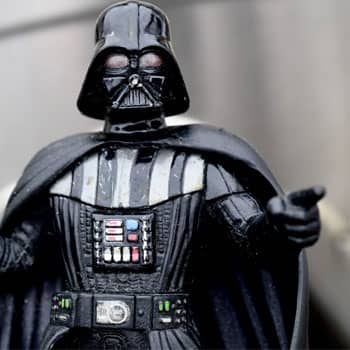 Have you ever seen or heard something that felt… just a little off?
Have you ever seen or heard something that felt… just a little off?
Maybe you’re fairly certain you remember an event one way, but when you do a Google search, the information you find doesn’t line up with your memory.
It can be frustrating, confusing, and can even make you wonder if you’re starting to lose your mind (or if you’ve stumbled on a government conspiracy).
Turns out, there’s a name for what you just experienced. It’s called the Mandela Effect, and it’s more common than you might have imagined.
But what is this phenomenon, and why is it called the Mandela Effect?
What Is the Mandela Effect?
The Mandela Effect is a strange occurrence where large groups of people remember an event that didn’t occur or something that never existed. The group usually recalls the exact same thing in the exact same way.
It’s named after Nelson Mandela and his supposed death in prison in the 1980s. In fact, this former South African president was released from prison in 1990 and lived until 2013.
Back in 2009, Fiona Broome launched a website dedicated to the exploration of the Mandela Effect. She wanted to explore and document “memories that didn’t match our current reality and its history.”
Since that time, the Mandela Effect has continued to capture our collective attention. Fun fact: the subject was even broached by the writers of The X-Files (the recent reboot).
Now that you know a little more about what the effect is, let’s look at three of the most famous examples.
Mandela Effect Examples You Might Recognize
What types of events and products could cause mass mis-remembering? Here are a few times where memories don’t match the facts.
Nelson Mandela died in prison in the 1980s
The phenomenon that started it all…
Nelson Mandela was a South African anti-apartheid political leader who served as President of South Africa from 1994 to 1999. Before he was elected, he served a total of 27 (non-consecutive) years in prison for various political crimes against the state.
While he did suffer from tuberculosis in the late 1980s, he did not die. In fact, he was released from prison in 1990, and went on to be elected President just over 4 years later.
I know these facts because… I went and bought the book. This is my copy of The Long Walk to Freedom, and I read it as part of walking my talk by using the critical thinking suggestions I’ll share with you below:

The Berenstain Bears are a family affair
One of the most famous examples of the Mandela Effect are the Berenstein… err… Berenstain Bears.
If you Google “Berenstain Bears,” one of the first people also ask questions is: “why did they change the name of the Berenstain Bears?”
Since their original publication in 1962, these delightful treehouse-dwelling bears have been beloved by many. In the 1980s, the characters experienced an upswing in product licensing. This included an animated series, software and video games, museum exhibits, and even an off-Broadway musical.
So, despite a large number of parents and children remembering the “Berenstein Bears,” there’s more than enough evidence out there that the name was always “Berenstain.”
Obi Wan killed your father!
One of the most famous (and most repeated) misquotes comes from one of the greatest movie franchises in history.
In the dialogue between Luke Skywalker and Darth Vader in 1980’s Star Wars Episode V: The Empire Strikes Back, Vader does not say “Luke, I am your father.”
Despite what the widely repeated and meme-d quote would have you believe, Darth Vader’s revelation has one single word changed: “No, I am your father.”
Sorry, movie buffs. You’ve been saying it wrong for almost 4 decades.
Now that you’ve seen a few Mandela Effect examples, you might wonder: how can so many people be convinced of the same (wrong) events and occurrences?
The Explanations Are Out There
There are many different explanations for what’s going on, ranging from the fanciful to the mundane.
Storytelling is woven into the human experience. From our earliest recorded history, human beings have told each other stories to share wisdom. And the more imaginative the story (including reincarnation memories), the more entertainment value it holds for the listener.
When it comes time to explain what’s really behind the Mandela Effect, stories come out of the woodwork.
Multiverse, Parallel Universe, or the Matrix?
One of the most-shared fanciful storylines is that humanity is experiencing an alternate reality.
Alternate Realities
Some people believe we’re constantly sliding between parallel realities, and the memories that don’t make any sense are from an alternate reality. Say, one where the Berenstein Bears existed.
Another angle on this theory is that we’re experiencing a many-worlds interpretation. It’s a theory of quantum mechanics, implying that all possible outcomes are physically realized in some universe or other.
Others believe we’re living in a version of the Matrix (or a large-scale holodeck), and the Mandela Effect memories are a glitch. Much like the déjà vu Neo experiences when the black cat walks past the door twice in The Matrix.
There’s even a theory that certain quantum science tests, including a CERN project or two, may have transformed the fabric of our reality.
And because quantum physics is such a complex science, there is no way to scientifically disprove any of these theories. But… there is also no scientific proof.
There is, however, a human aspect to these types of misremembering.
Human Error
To err is human, or so goes the line in Alexander Pope’s An Essay on Criticism.
Were you aware that for most big sporting events in the United States (the Super Bowl, World Series, etc) the “winner” merchandise gets printed ahead of time? Do you wonder what happens to the t-shirts, hats, and other merch of the losing team?
And did you know that in 1948, the Chicago Tribune printed papers declaring Thomas Dewey the victor over Harry Truman, before the final electoral count came in? Or that in 1956 the New York Times ran an item announcing the death of Fidel Castro (who didn’t actually die until 2016)?
Whether it’s due to human error or bad reporting, there are times when false information gets out into the world.
Now let’s take a look at the honest truth… your brain is likely the culprit in any Mandela Effect occurrences.
Your Brain is (Probably) Playing Tricks on You
“Absence of evidence is not evidence of absence.” ~Carl Sagan
Our minds are complex. Even in 2019, neuroscientists are still figuring out basic facts about the human brain.
And that complex system gets things wrong. A lot.
Take Hermann Ebbinghaus’s forgetting curve. His research observed that most people forget newly acquired information within the span of a few hours. And even those with stronger memories kept those facts for at most a few days.
It’s possible to overcome the forgetting curve, but it takes hard work and reinforcing what you learn at regular intervals.
Chances are, current events and popular culture tidbits aren’t the kind of thing you spend time trying to memorize. So it stands to reason, most of those memories aren’t retained.
Compounding the issue is the fallibility of memory in general.
False Memory Syndrome and Pattern Recognition
False memories occur when a person recalls something that did not happen or happened differently than they recall. Sound familiar?
Sigmund Freud and Pierre Janet initially investigated this psychological phenomenon.
Since that time, suggestibility, the incorporation of misinformation, associated information, and source misattribution have been suggested as mechanisms to explain false memory syndrome. Episodic memory might also play a role.
The unreliability of eyewitness reports has long been known. Simply changing an article in a question (for example, “the” vs “a” referring to an object in question) can change the answer a witness gives about what they saw.
Priming – or factors that happen before an event – can affect a person’s recall. Information learned after the fact can also skew what an eyewitness remembers.
The brain likes to encode similar memories into categories so it can make sense of the world. And humans naturally tend to look for patterns. Chunking allows the brain to store information in easy-to-remember packets.
Incorrect recall can also be caused by effort after meaning. This is the brain’s persistent effort to put unfamiliar details into context and transform information to make it more understandable. Also responsible for memory errors – especially with age – is confabulation, where your brain fills gaps to make more sense of what it sees and hears.

And even people with aphantasia (who don’t have the capacity to form mental images) usually still have the capacity to recall memories. The memory is just a conceptual list of things that occurred, rather than a video playing in their head.
But does the written word make a difference in how we remember things?
The Oddity of Reading
The brain is quite skilled at making sense out of randomness.
Take, for example, our ability to raed ltteers and wrods taht are in teh worng oredr. Randomizing letters in the middle of words has “little or no effect on the ability of skilled readers to understand the text.” However, it does result in slower reading speeds for most people.
Coming back to the Mandela Effect examples above, let’s look at how Froot Loops also fits the brain’s desire for spelling “sense.”
“Berenstain” is a weird word that can’t be correct due to the incongruity between children’s literature and what “stain” means. The mind probably corrects it to fit the appropriate picture. In similar fashion, Froot Loops shares in this “make it fit” correction.
Every time I think of the Berenstain Bears, the comedy film The Bad News Bears comes to mind. But because there is no spelling incongruity, there is less likelihood of The Bad News Bears becoming a Mandela Effect trend.
Leaving behind the individual human brain for a moment, let’s explore the collective human brain: the internet.
Your Brain, Online
The Mandela Effect was not documented until the Internet Age.
And I would be remiss if this post didn’t cover the role the internet plays in this discussion. Never before in human history has information flowed so freely, and been shared so widely.
Misconceptions and falsehoods easily gain traction because of their entertainment value. Then they are quickly and easily shared via the seemingly endless online platforms connecting the human race.
In a world where tweets about earthquakes move faster than the earthquake itself, false information spreads just as quickly. And with each repetition, the frequently repeated errors become part of our collective reality.
So with the cards stacked against us – and our memories letting us down – how can we tell what memories are true, and what’s a figment of our imaginations?
It’s time to bust out the debunking tools.
Why Critical Thinking is Key
In a world of false memories, human error, internet untruths, presumptive baloney, and high emotions, you need a way to figure out what is truthful and factual.
While there are several different definitions of critical thinking, for the purposes of this post we’ll keep it simple. Critical thinking involves analyzing facts to come to a well-thought-out conclusion.
In the words of Carl Sagan, we can use critical thinking as our own personal “Baloney Detection Kit.”
In science, every experiment begins with facts. These might be results, data, observations, measurements… which are then put to the test.
Michael Shermer drew on Sagan’s work, and created a newer version of the kit. Here are his 10 Baloney Detection Questions:
- How reliable is the source of the claim?
- Does the source often make similar claims?
- Have the claims been verified by someone else?
- Does this fit with the way the world works?
- Has anyone tried to disprove this claim?
- Where does the preponderance of evidence point?
- Are the people making the claim playing by the rules of science?
- Are they providing positive evidence?
- Does the new theory account for as many phenomena as the old theory?
- Are personal beliefs / ideologies driving the claim?
By asking these questions, you can determine if:
- The data is cherry-picked to support a particular belief,
- The source has an open mind (but “not so open their brains fall out”),
- The experiment is repeatable with the same results,
- There are supporting materials,
- Most of the evidence leans in one direction,
- There is evidence in favor of the theory (rather than negative evidence),
- The new theory explains all the things the old theory explained,
- There is confirmation bias,
- And you’re not just being tricked by something like the flashbulb memory phenomenon.
So, by putting the Mandela Effect to the Baloney Detection test, you can determine that none of the prevailing theories hold water.
Given the facts, and faced with a faulty memory, is there anything else you can do to strengthen your Baloney Detector?
The Power of Positive Skepticism
Keeping a skeptical outlook can help you fine tune your ability to distinguish between fact and fiction.
But did you know skepticism can also help your memory?
You may be skeptical of this claim… but it’s true. Here are a few reasons why.
- Skeptics tend to follow the laws of a universal rule.
They believe the responsibility for demonstrating the validity of a claim falls on the person making the claim.
- Skeptics are often quite determined.
They badly want to get at the truth. So they’re able to tackle memory training with a heck of a lot of diligence.
- Skeptics end up creating multiple levels of energy.
They begin, determined their memories can’t be improved. And when they start to realize they’re wrong, a new type of energy takes its place — the energy of excitement about their “surprising” results.
This happens because they go out and investigate. They use their Baloney Detector… and find out they were feeding themselves baloney. Namely, that they couldn’t improve their memories.
Are you skeptical yet?
Mandela Effect: Trick or Truth?
So what about you? Are you convinced that the more out-there explanations of the Mandela Effect are, in fact, baloney? 😉
And do you want to learn more about how to improve your memory, so you’re never taken in by another false memory or cultural phenomenon?
The good news is, you’re in the right place.
Register for my free course, and I’ll send you my free memory improvement worksheets and videos.
Together, we’ll unlock your natural ability to learn and remember anything, fast – without the woo-woo of things like the Mandela Effect obscuring the bright light of real memory improvement.
Related Posts
- Memory Improvement Techniques For Kids
You're never too young to get started with memory techniques
- Memory Athlete Braden Adams On The Benefits Of Memory Competition
Braden Adams is one of the most impressive memory athletes of recent times. Learn to…
- Memory Athlete Braden Adams On The Benefits Of Memory Competition
Braden Adams is one of the most impressive memory athletes of recent times. Learn to…

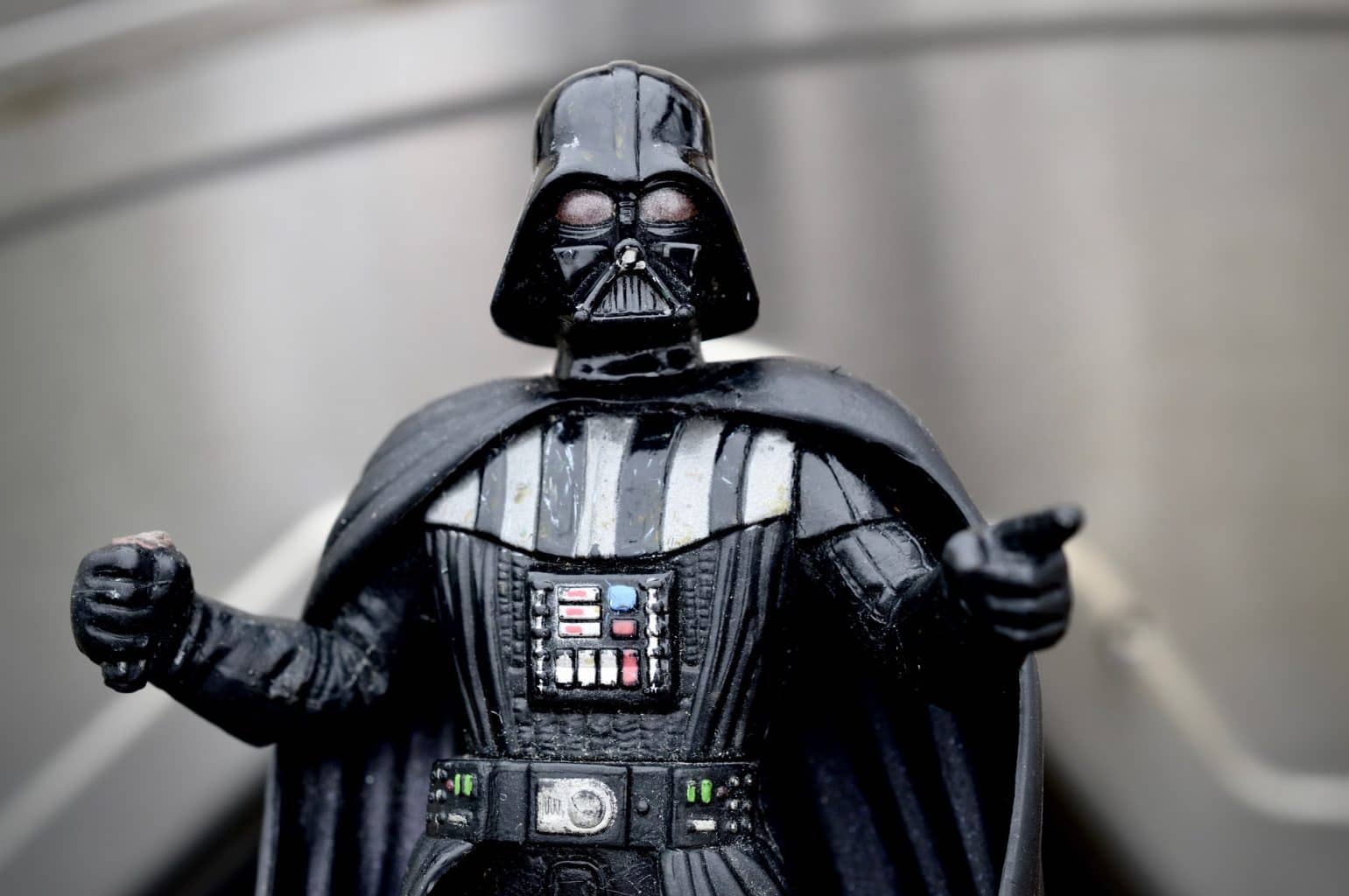
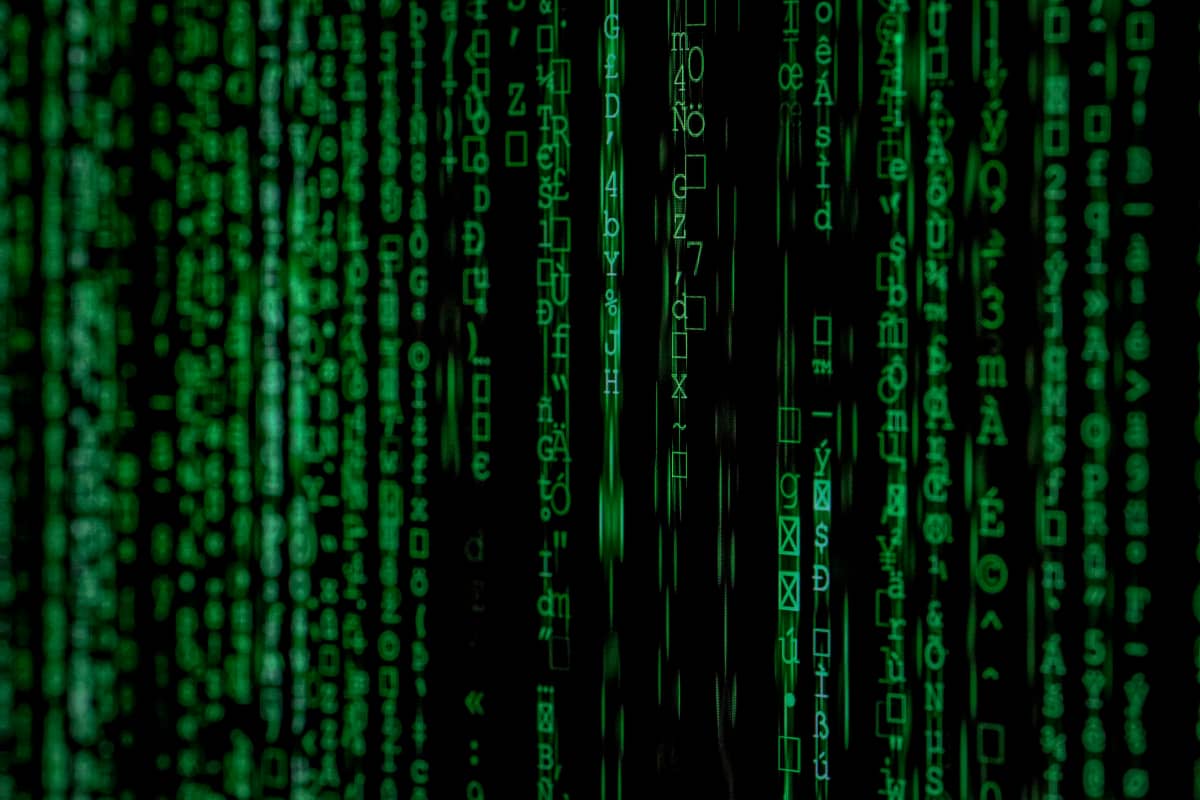
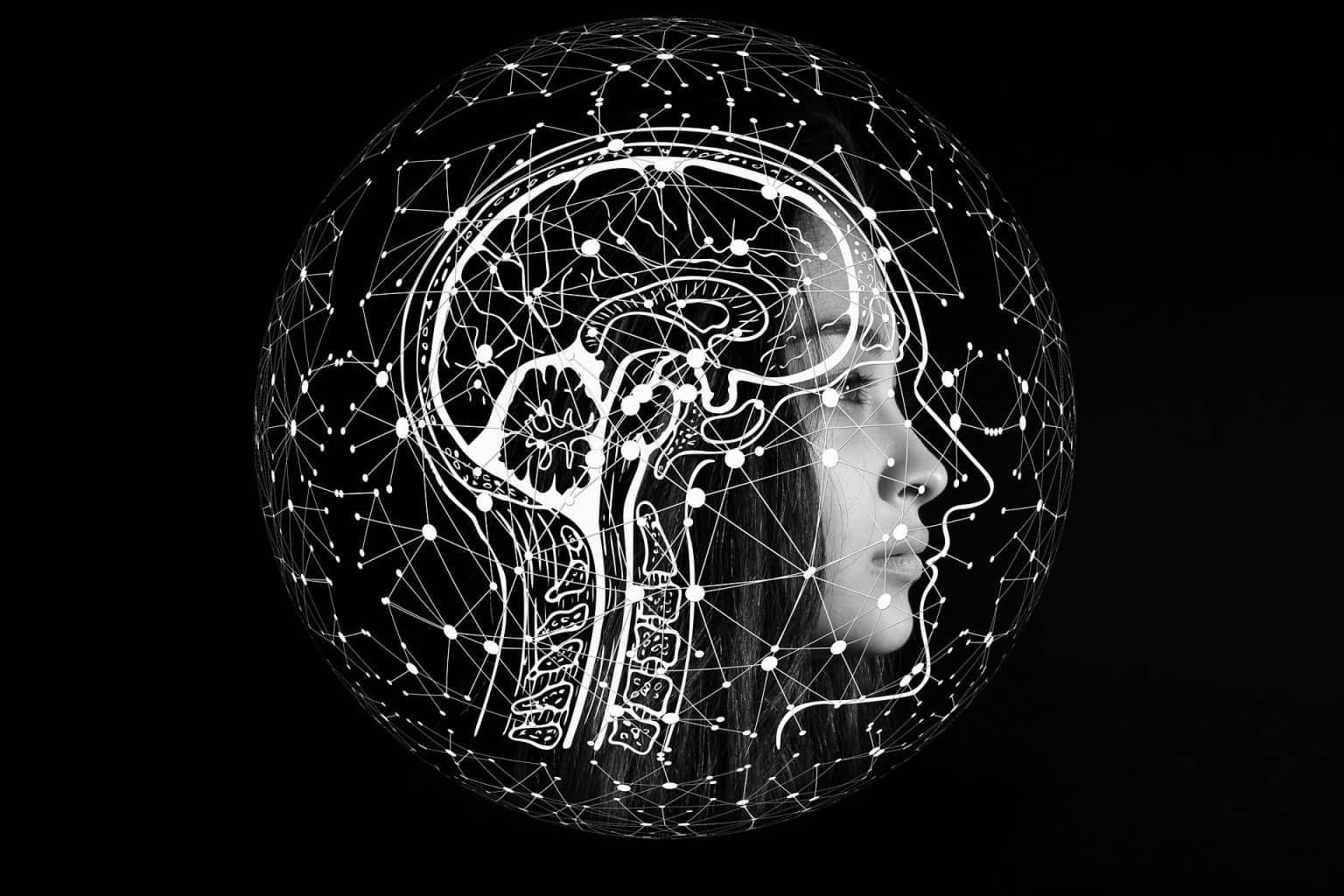


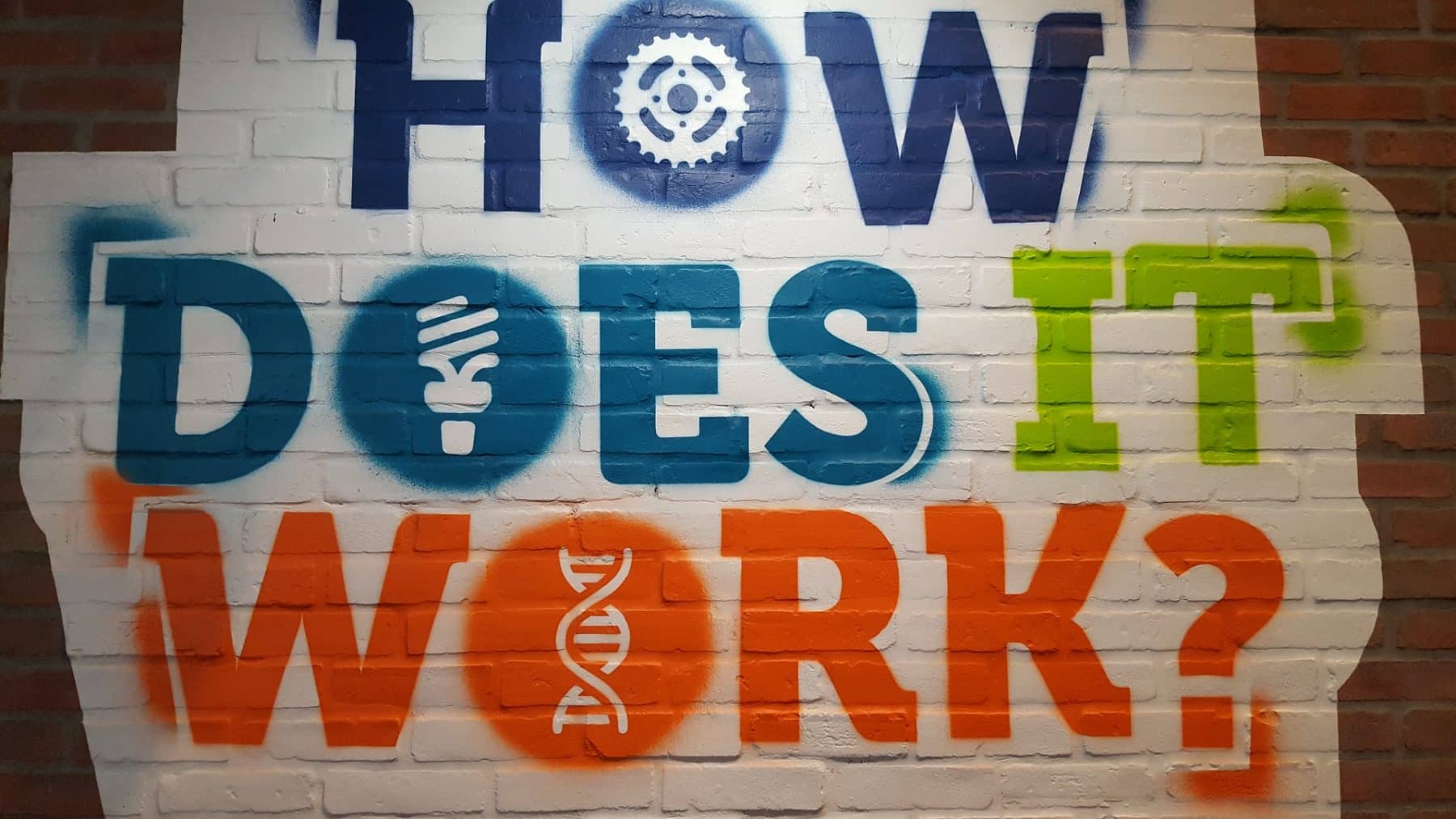





2 Responses
Obviously the majority of people who believe in this uncritically need to think this topic through more thoroughly.
Thanks, Martin. I agree. Thanks for checking it out and posting.